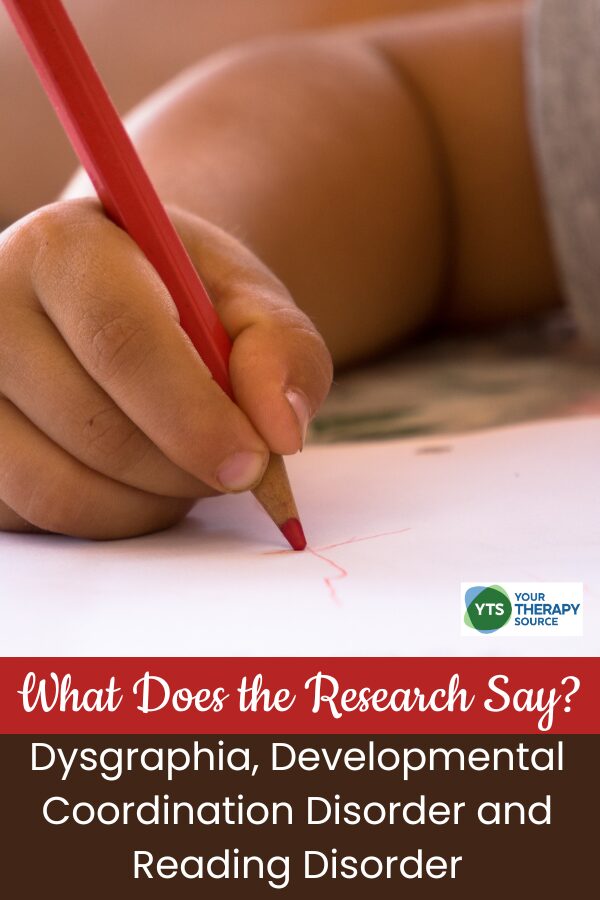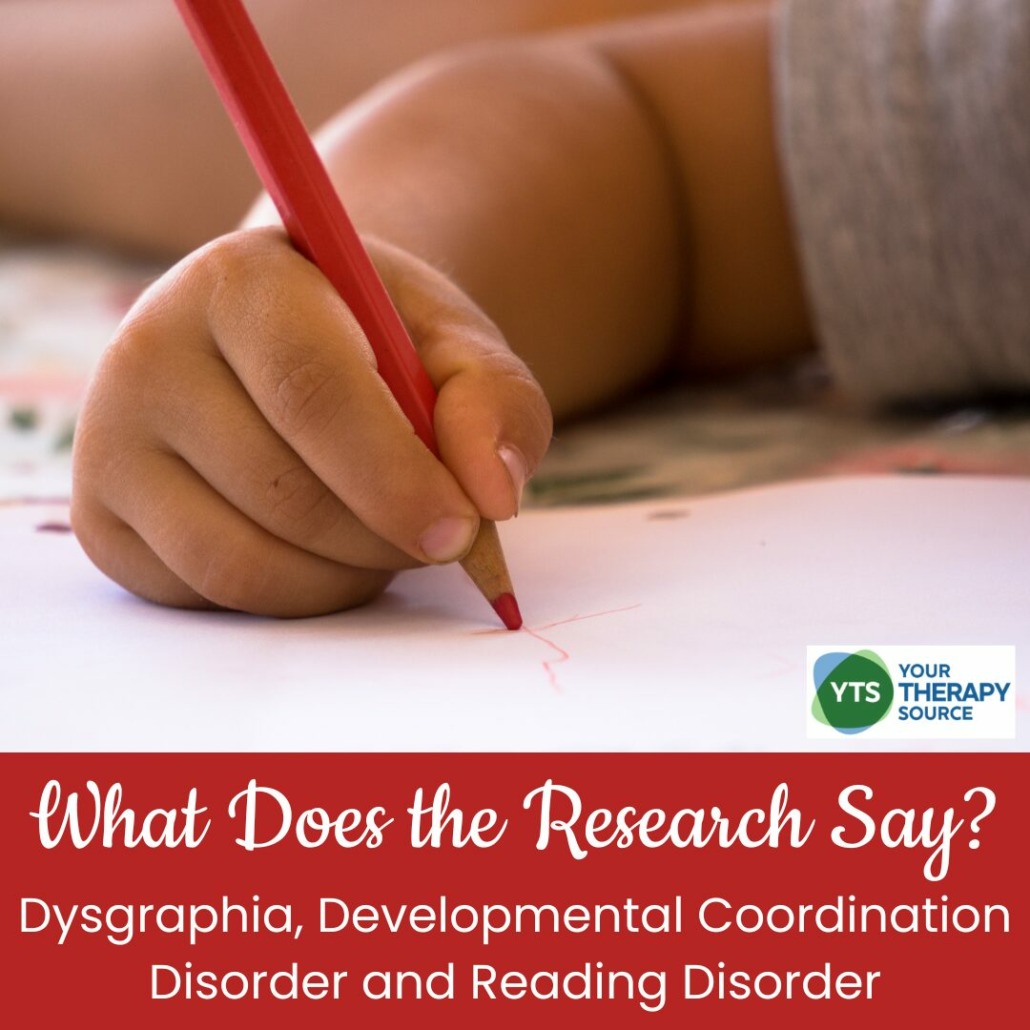Handwriting Difficulties in Students with Learning and Motor Coordination Disorders

Handwriting is a fundamental skill crucial for academic success and self-expression. However, for students grappling with neurodevelopmental disorders such as Developmental Coordination Disorder and Reading Disorder, handwriting can pose a significant challenge. These conditions not only affect the physical act of writing but also intertwine with cognitive processes, making tasks that many take for granted—like jotting down notes or completing an exam—daunting. Learn more about a recent research study that revealed the complexities of handwriting difficulties such as dysgraphia experienced by students with these disorders.
Understanding Dysgraphia
Dysgraphia is a condition that complicates a student’s ability to write effectively. This isn’t about intelligence or effort; it’s about facing significant hurdles in producing legible and swift handwriting. Recognizing dysgraphia is crucial because it can profoundly impact a student’s academic journey. Occupational therapists are an excellent resource to help students with dysgraphia.
Handwriting and Neurodevelopmental Disorders
The research by Jolly et. al. focused on students with Developmental Coordination Disorder and Reading Disorder, examining how these conditions influence handwriting. Through detailed analysis, including a specialized test and digital tools, the study offers insights into the unique handwriting challenges these students encounter.
Developmental Coordination Disorder’s Impact on Handwriting
Students with Developmental Coordination Disorder often find it challenging to execute smooth, coordinated movements. The study revealed that while these students might maintain an average writing pace, their handwriting quality suffers, making it difficult to read.

Dysgraphia Handwriting Intervention – Occupational Therapy Tools A: Formations
The Effects of Reading Disorder on Writing
For students grappling with Reading Disorder, the primary obstacle identified was slow handwriting. This aligns with expectations, as the handwriting test used also required reading skills. Consequently, difficulties in reading directly translate to slower handwriting speeds.
Combined Challenges of Developmental Coordination and Reading Disorders
Students facing both Developmental Coordination Disorder and Reading Disorder exhibit compounded handwriting difficulties. They experience both the slow writing pace associated with Reading Disorder and the poor handwriting quality seen in Developmental Coordination Disorder. However, the study suggests these challenges are cumulative rather than exacerbating each other.
Diving Deeper Into Handwriting Dynamics
Advanced analysis provided by digital tools showed that students with Reading Disorder tend to write slower and with less fluidity compared to those with Developmental Coordination Disorder. This distinction indicates that each disorder contributes differently to handwriting difficulties, with distinct underlying mechanisms at play.
Implications for Support and Intervention
The findings emphasize the importance of tailored interventions. For students with Developmental Coordination Disorder, interventions might focus on improving handwriting quality. In contrast, strategies for students with Reading Disorder could concentrate on increasing writing speed.
Identifying the specific challenges faced by students with Developmental Coordination Disorder and Reading Disorder is essential for effective support. With targeted interventions, educators and therapists can significantly enhance these students’ writing abilities, ultimately contributing to their academic success.
Recommendations for Teachers and Occupational Therapists
- Individualized Approach: Tailor support strategies to address the specific handwriting challenges of each student.
- Quality vs. Speed: Focus on handwriting quality for students with Developmental Coordination Disorder and on speeding up the writing process for students with Reading Disorder.
- Comprehensive Support for Comorbid Disorders: Students with both disorders need integrated support that addresses both speed and quality issues.
- Leveraging Technology: Utilize digital tools for a deeper understanding of handwriting difficulties, facilitating more precise interventions.
This study not only sheds light on the handwriting struggles of students with specific neurodevelopmental disorders but also charts a path toward more informed and effective educational support strategies.
Related Information about Dysgraphia and DCD
- Dysgraphia: Types, Symptoms, and How to Help
- Dysgraphia Accommodations
- How Can Occupational Therapy Help Students with Dysgraphia?
- Dysgraphia and Autism
- Developmental Coordination Disorder Interventions
- Understanding Developmental Coordination Disorder
- DCD and Handwriting
- Developmental Coordination Disorder and Academics
These resources provide further insights into understanding, accommodating, and supporting students with handwriting difficulties, highlighting the importance of an inclusive educational approach.
Reference
Jolly, C., Jover, M., & Danna, J. (2023). Dysgraphia differs between children with developmental coordination disorder and/or reading disorder. Journal of Learning Disabilities, 00222194231223528.



